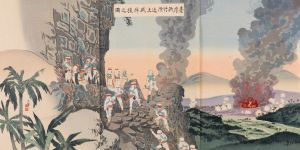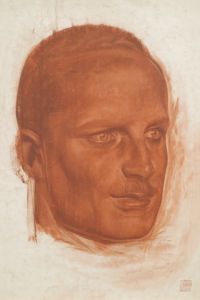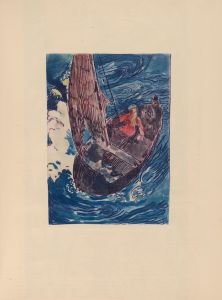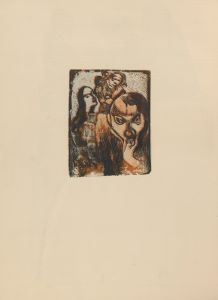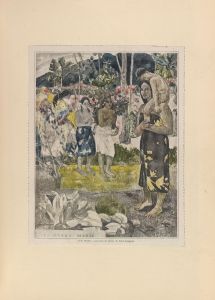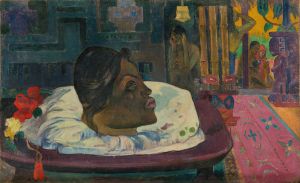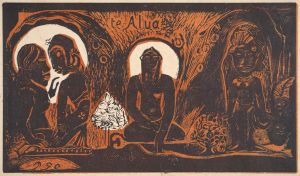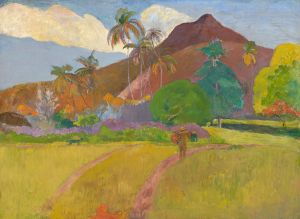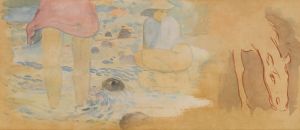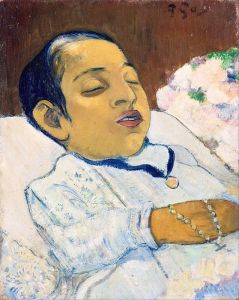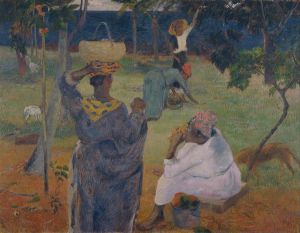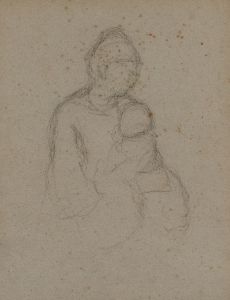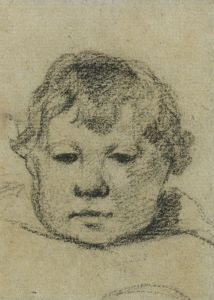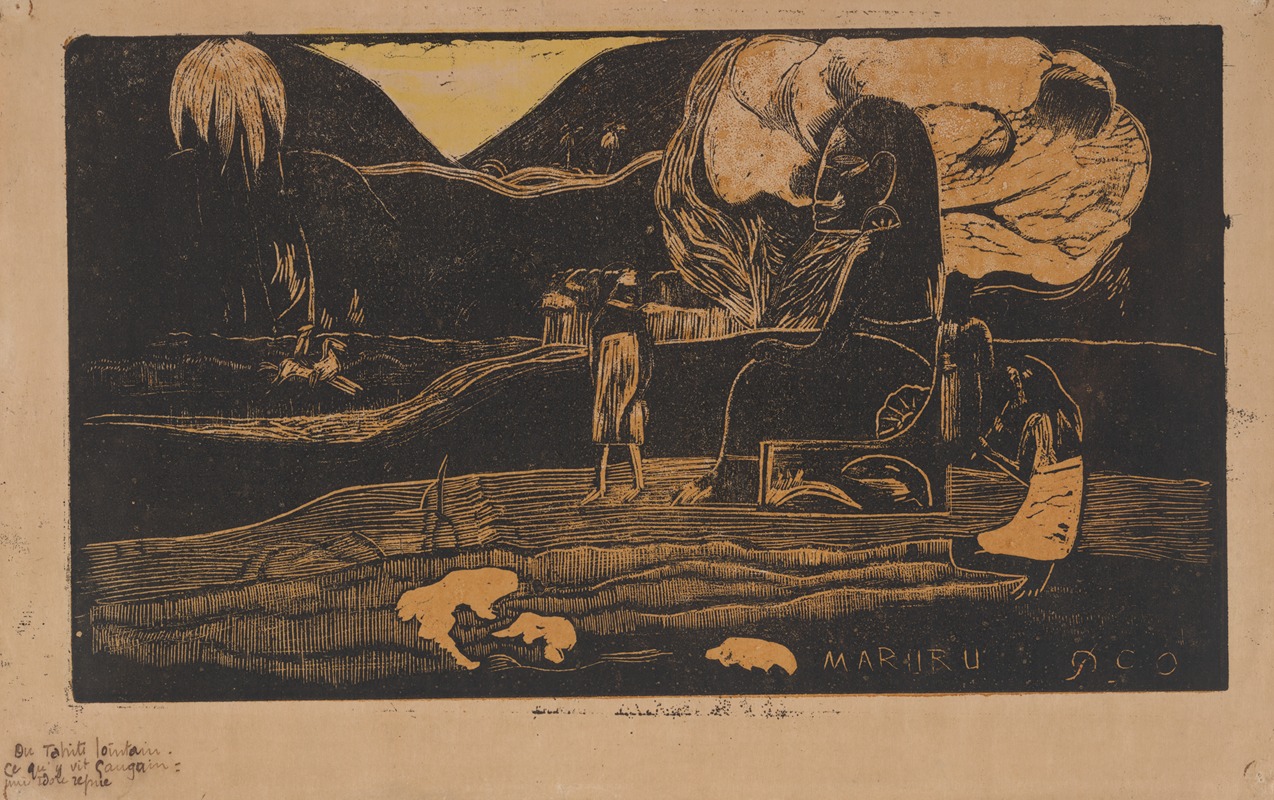
Maruru
A hand-painted replica of Paul Gauguin’s masterpiece Maruru, meticulously crafted by professional artists to capture the true essence of the original. Each piece is created with museum-quality canvas and rare mineral pigments, carefully painted by experienced artists with delicate brushstrokes and rich, layered colors to perfectly recreate the texture of the original artwork. Unlike machine-printed reproductions, this hand-painted version brings the painting to life, infused with the artist’s emotions and skill in every stroke. Whether for personal collection or home decoration, it instantly elevates the artistic atmosphere of any space.
Paul Gauguin's painting "Maruru" is an artwork created during his time in Tahiti, a period that significantly influenced his artistic style and subject matter. Gauguin, a French post-impressionist artist, is renowned for his bold use of color and synthetist style, which is characterized by the use of flat planes of color and strong outlines.
"Maruru," which translates to "thank you" in Tahitian, reflects Gauguin's fascination with the culture and people of Tahiti. The painting is part of a broader body of work that Gauguin produced after he moved to the island in 1891, seeking to escape European civilization and find a more "primitive" and "pure" way of life. His time in Tahiti was marked by a deep immersion in the local culture, which profoundly influenced his artistic output.
The painting depicts a scene that is emblematic of Gauguin's Tahitian period, featuring native women in traditional attire. Gauguin's use of vibrant colors and simplified forms is evident in "Maruru," showcasing his departure from the more naturalistic styles of his earlier works. The composition of the painting is carefully balanced, with the figures arranged in a way that draws the viewer's eye across the canvas, creating a sense of harmony and tranquility.
Gauguin's portrayal of Tahitian life in "Maruru" is both idealized and romanticized, reflecting his own perceptions and fantasies about the island and its inhabitants. This idealization is a common theme in Gauguin's work from this period, as he often sought to depict an unspoiled paradise, free from the influences of Western civilization. However, it is important to note that Gauguin's representations of Tahiti and its people were not always accurate and were influenced by his own biases and preconceptions.
The painting also demonstrates Gauguin's interest in symbolism and the spiritual aspects of the cultures he encountered. The figures in "Maruru" are not just representations of Tahitian women; they are imbued with a sense of mystery and otherworldliness, reflecting Gauguin's belief in the spiritual and mystical qualities of the island.
"Maruru" is a testament to Gauguin's innovative approach to art and his ability to blend different cultural influences into his work. His time in Tahiti was a period of great creativity and experimentation, and "Maruru" is a prime example of the unique style that he developed during this time. The painting is celebrated for its bold use of color, its evocative subject matter, and its ability to convey a sense of place and emotion.
Today, "Maruru" is recognized as an important work in Gauguin's oeuvre and is studied for its artistic and cultural significance. It provides insight into Gauguin's artistic vision and his complex relationship with the cultures he sought to represent. The painting remains a powerful example of Gauguin's ability to capture the essence of a place and its people through his distinctive artistic lens.





